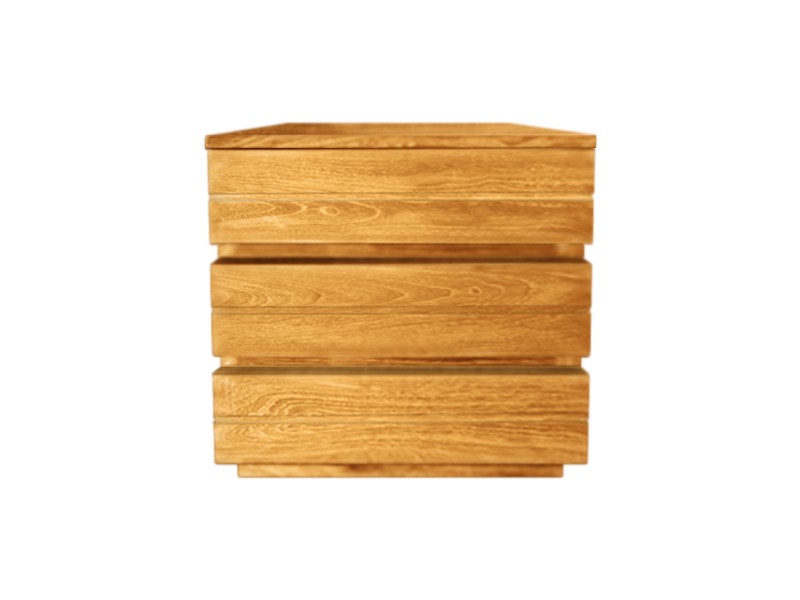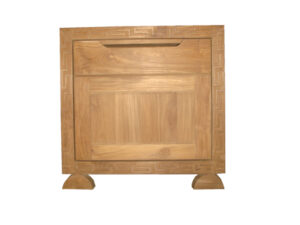Description
Bedside-Table-Design plays a significant role in enhancing the overall aesthetic appeal and functionality of a bedroom. It is an opportunity to showcase creativity and personal style while fulfilling practical needs. With a myriad of designs available, bedside tables can be tailored to suit various interior themes and individual preferences.
One aspect of Bedside-Table-Design is the choice of materials. Materials like wood, metal, glass, or their combinations create distinct looks and contribute to the room’s ambiance. A solid wood bedside table brings warmth, while a sleek metal design adds a contemporary touch . Glass elements can introduce a touch of elegance and lightness to the table’s appearance.
The shape and size of the bedside table also contribute to its design. From classic rectangular or square tables to unconventional shapes like circular or asymmetrical designs, options cater to diverse tastes. The bedside table size should harmoniously fit the bed and available space, maintaining proportional aesthetics.
Another important design consideration is the presence of storage options. Bedside tables often have drawers, shelves, or both, offering convenient storage for books, glasses, electronics, and belongings. The number and configuration of storage compartments can vary, allowing for customization based on individual needs and preferences.
Additionally, the surface area of the bedside table is crucial. The bedside table should fit essentials like a lamp, alarm clock, water glass, while allowing space for decor. A well-designed bedside table provides a balance between functionality and aesthetics, offering ample surface area without overwhelming the space.
The style and detailing of the bedside table also contribute to its design. From minimalist and streamlined designs to ornate and intricately carved pieces, there is a wide range of styles to choose from. Considerations such as the table legs, hardware accents, finishes, and decorative elements can greatly influence the overall look and feel of the bedside table.
Furthermore, the color and finish of the Bedside-Table-Design can tie it to the overall bedroom decor. You can match it with existing furniture pieces or use it as a contrasting element to create visual interest. Whether opting for natural wood tones, painted finishes, or metallic accents, the color and finish choice can significantly impact the bedside table’s design aesthetic.
Lastly, the functionality of the Bedside Table Design should not be overlooked. It should be easily accessible from the bed, allowing for convenient reach and use of items stored on or within it. The design should also consider factors like cable management for electronic devices, built-in lighting options, and ergonomic considerations to enhance usability and comfort.
In conclusion, Bedside Table Design encompasses a range of elements, including materials, shape, size, storage options, surface area, style, color, finish, and functionality. These aspects collectively contribute to the overall aesthetic appeal and practicality of the bedside table in the bedroom. By carefully selecting a design that harmonizes with the room’s decor and meets individual needs, one can create a functional, stylish, and personalized bedside table that enhances the overall ambiance and functionality of the sleeping space.








Reviews
There are no reviews yet.